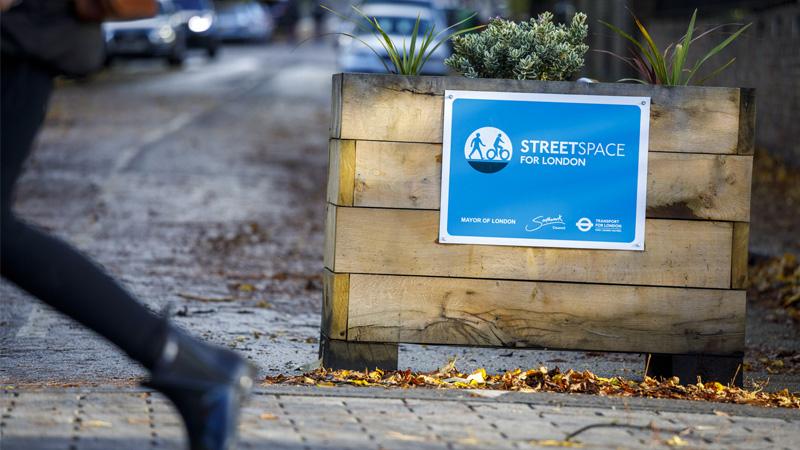A research team led by Professor Rachel Aldred, Professor of Transport at the University of Westminster, has recently been awarded over £1.5 million to lead a the National Institute for Health Research (NIHR), the research partner of the NHS, public health and social care, study into Low Traffic Neighbourhoods (LTNs) in London.

The research will explore the impact and experiences of living in or near new LTNs in London, with boroughs including Camden, Hackney, Haringey, Islington, Newham, and Lambeth. This new research follows on from an earlier £50,000 award the researchers received from NIHR to collect baseline data.
Using machine learning sensors, Google API data, intercept surveys and a range of qualitative methods, the follow-on study will examine the impacts of LTNs on people who live there, in neighbouring areas and boundary roads. The study will look at whether the LTNs have increased levels of walking and cycling, whether the diversity of people walking and cycling changes, and any impacts they have on road injuries and air pollution. This will be done through a research design that compares changes in and around LTNs with changes in matched ‘control areas’ within the same boroughs. The research will explore local people’s experiences of travelling around the LTNs, including any specific impacts on disabled people’s journeys and how any disbenefits may be mitigated.
The study will be led by the University of Westminster, and involves partners from the London School of Hygiene and Tropical Medicine (LSHTM), Cambridge University, Imperial College London, and the Disabled People’s Organisation Transport for All. The research will build on previous Westminster University research into LTNs, including a study in collaboration with LSHTM and Imperial College London which found that LTNs installed in London in 2020 halved the number of road injuries in those areas compared with areas that did not have these measures introduced.
LTNs are intended to increase walking and cycling and cut car use by making streets more pleasant and making car use a little more difficult. This is done through the introduction of measures that remove all or most through motor traffic from neighbourhood streets, including planters, bollards, CCTV cameras or ‘bus gates’. Across London in 2020 these measures were introduced in areas where hundreds of thousands of people live, with more since introduced in the capital and in other parts of the country.
Talking about the funding and new research, Professor Aldred said: “It is exciting to be able to study these innovative but under-researched interventions in much more depth than has previously been possible. For instance, we will extend our previous research by examining not just impacts on overall levels of walking and cycling, but also any changes in who walks and cycles, for instance gender balance. This award also means that we can look in detail at local people’s experiences, and how these experiences may change over time. Another focus will be examining changes over time in congestion levels on boundary roads and in the experiences of residents living on boundary roads, areas where more research is needed.”
Caroline Stickland, Chief Operating Officer at Transport for All, added: “One year on from our 'Pave The Way' report, which found that disabled people hold both positive and negative opinions on LTNs but feel their views have often been ignored, we are delighted to be part of this extensive new research project. We want to ensure that disabled people are central to these discussions, and that the wide range of views that exist across the disabled community are listened to by decision makers, to inform inclusive and accessible solutions.”
Professor James Woodcock at the MRC Epidemiology Unit, University of Cambridge, who is leading the Health Impact Assessment of the interventions, said: “We look forward to examining the health impacts of changes in physical activity, injuries, and air pollution concentrations. It is important that we are able to measure how these interventions affect health through a range of pathways, including people living or travelling within the LTN as well as potential impacts on nearby boundary roads.”
To join the project’s mailing list please email [email protected].


